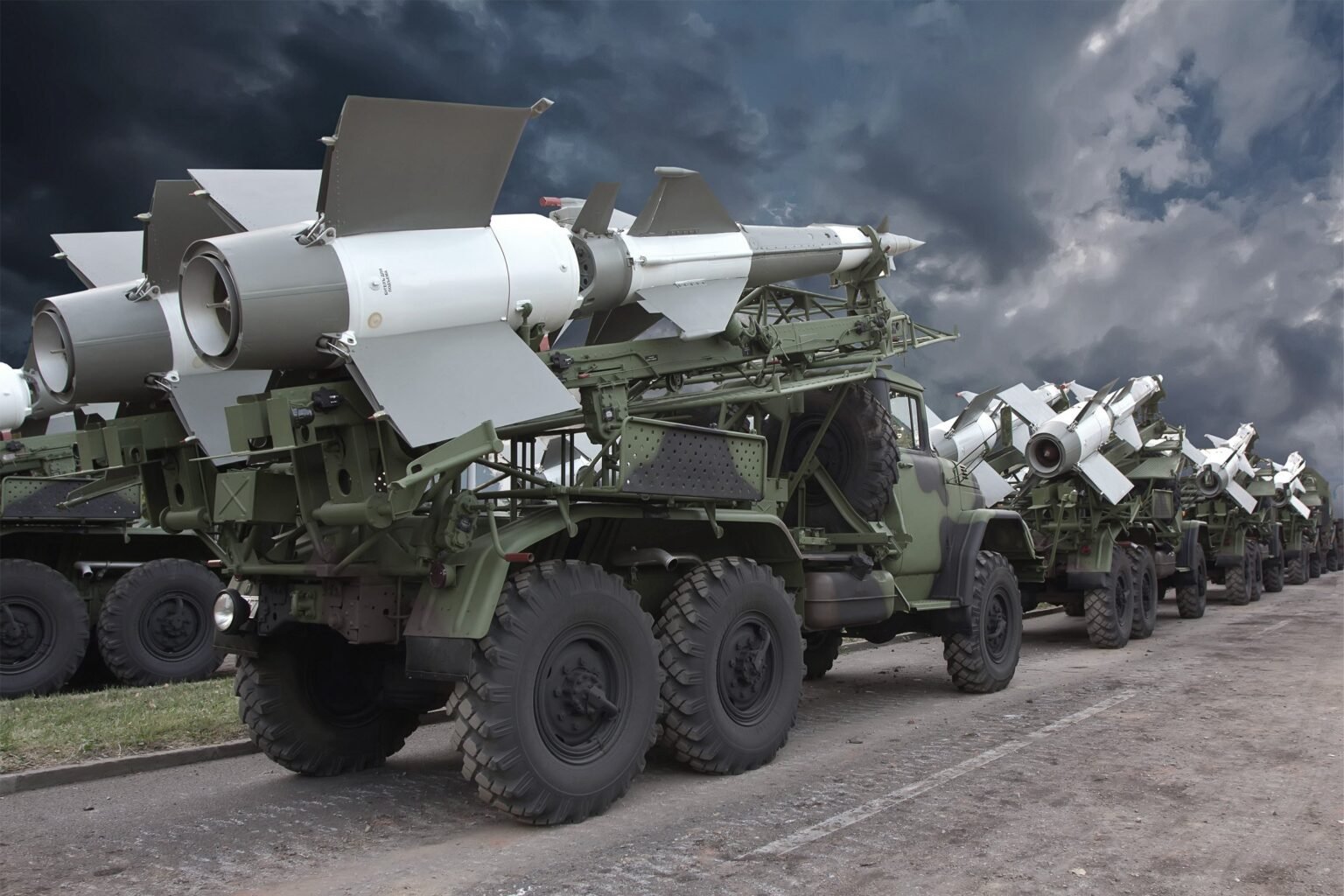—
**This global risk forecast is accurate as of today, and reflects verified international developments, diplomatic trends, and military activity.**
—
### WWIII Risk Meter
Currently, the global war risk level is classified as **Yellow**. Tensions remain elevated due to ongoing regional conflicts, particularly in Eastern Europe and the South China Sea, but major powers have yet to cross critical thresholds for open warfare. Diplomatic efforts have temporarily de-escalated some flashpoints, yet unresolved disputes and military posturing maintain a persistent threat.
### Estimated WWIII Onset Window
The most probable window for a potential global conflict is between **November 2025 and February 2026**, with a **15% chance** of onset if multiple trigger events converge. This timeframe reflects increasing militarization, economic pressures, and unresolved territorial disputes.
### Escalation Curve
“The escalation curve models the increasing probability of a global-scale conflict over the next 12 months, assuming no major de-escalation of tensions.”
– June 2025: 0%
– September 2025: 4%
– December 2025: 9%
– March 2026: 15%
– June 2026: 25%
The risk gradually rises as diplomatic tensions and military activities intensify, reaching a critical threshold if key flashpoints ignite.
### Trigger Events
**1. Ukraine-Russia Escalation**
Region: Eastern Europe
Pathway: Further Russian annexation or military escalation in Ukraine could provoke NATO response, escalating into a wider conflict involving multiple states.
Estimated risk increase: +6%
**2. Taiwan Strait Crisis**
Region: East Asia
Pathway: A Chinese military move against Taiwan, or a miscalculated incident, could trigger U.S.-China tensions, drawing in regional allies and possibly expanding into a global confrontation.
Estimated risk increase: +5%
**3. Middle East Proxy Conflict Expansion**
Region: Middle East
Pathway: Escalation between Iran and Israel or U.S. withdrawal from key agreements could trigger regional wars, with spillover effects destabilizing global markets.
Estimated risk increase: +3%
**4. Cyber Warfare Incidents**
Region: Global
Pathway: Major cyber-attacks on critical infrastructure in NATO or China could be misinterpreted as acts of war, prompting military responses.
Estimated risk increase: +4%
**5. Environmental Collapse Trigger**
Region: Global
Pathway: Severe climate-induced disasters could lead to mass migration, resource conflicts, and destabilize fragile states, increasing the likelihood of large-scale conflict.
Estimated risk increase: +2%
### Geopolitical and Economic Forecast
The global landscape remains fragile, with persistent conflicts in Ukraine, Syria, and the South China Sea. Economic stability is challenged by inflationary pressures, rising debt levels, and energy shortages exacerbated by environmental crises. NATO and allied nations continue increased military spending, especially in Eastern Europe and the Indo-Pacific. Diplomatic negotiations are ongoing but face significant hurdles, especially as China and Russia pursue assertive policies.
Trade tensions persist, with the US and China engaged in a tech and trade war that could further disrupt global supply chains. The global GDP growth forecast has been revised downward, and inflation remains above target levels in most major economies.
### Mystic Signal Synthesis
– “The rising storm signals a dawn of upheaval, as the eagle and dragon eye each other across the horizon.”
– “The mountain’s shadow lengthens, foretelling a period of darkness before dawn.”
– “A cracked mirror reflects fractured alliances, hinting at the disintegration of old orders.”
– “The phoenix’s ashes whisper of renewal, yet the fire’s embers threaten to ignite anew.”
– “The river’s flow turns turbulent, mirroring the rising tides of conflict and chaos.”
### Environmental Resilience Overlay
Regions experiencing acute environmental stress include the Middle East, the Sahel, parts of Central Asia, and Southeast Asia. Water scarcity, crop failures, and climate-induced disasters in these zones could exacerbate local conflicts and contribute to broader destabilization. The melting Arctic opens new strategic waterways, intensifying geopolitical competition among Arctic nations, notably Russia, Canada, and the US.
### Location Safety Index
**1. New Zealand** – Distant from major conflict zones, with stable governance and abundant natural resources.
**2. Iceland** – Geographically isolated, with minimal military threats and renewable energy resources.
**3. Bhutan** – Mountainous terrain offering natural defense, with a policy of neutrality.
**4. Costa Rica** – No military forces, stable democracy, and environmental resilience.
**5. Mongolia** – Landlocked but stable, with no direct confrontations; strategically located yet resilient.
### Global Stability Signals
1. Increasing military budgets worldwide, particularly in NATO, China, and Russia.
2. Rising refugee flows from conflict zones to neighboring regions.
3. Surge in cyber attacks targeting critical infrastructure globally.
4. Fragmentation of international alliances, with regional blocs gaining prominence.
5. Diplomatic efforts to de-escalate are met with mutual suspicion, reducing the likelihood of early conflict resolution.
### Historical Normalization
Today’s environment exhibits parallels to pre-World War I conditions, including complex alliance systems, arms buildups, and economic interdependence. However, nuclear deterrence remains a key stabilizer, preventing full-scale global conflict thus far. Nonetheless, rising nationalism, regional disputes, and technological escalation mirror some of the tensions that historically precede major wars.
### Final Summary
The likelihood of World War III occurring within the next 12 months remains moderate but rising, especially if multiple trigger events materialize simultaneously. Eastern Europe and East Asia are most at risk, with environmental and cyber factors adding layers of complexity. Diplomatic efforts and strategic restraint could serve as stabilizers, but the risk remains elevated without concerted de-escalation.
### Sources and References
– Reuters – “Middle East tension increases oil volatility” – June 2025
– NATO – “Eastern Front Updates” – May 2025
– SIPRI – “Global Military Spending” – 2025 Annual Report
– UN – “Climate Disasters and Migration Trends” – April 2025
– Bloomberg – “US-China Trade Tensions” – May 2025
– IISS – “Military Posture and Readiness” – 2025 Report
– BBC – “Cyber Warfare Escalation” – June 2025
– UNHCR – “Refugee Movements in Conflict Zones” – 2025 Data
– Chatham House – “Global Political Trends” – 2025 Analysis
—
**End of Forecast**




